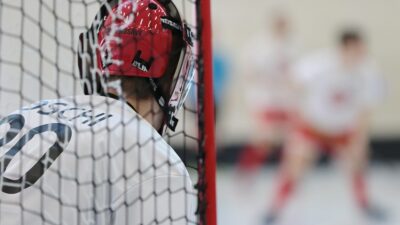In any tournament, the performance of the best teams often illustrates not just skill and technique, but a refined blend of strategy, teamwork, and mental fortitude. This article delves into the characteristics that set the standout teams apart during this year’s tournament, shedding light on the elements contributing to their success.
1. Tactical Mastery
A hallmark of high-performing teams is their tactical brilliance. The teams that excelled showcased an ability to adapt their strategies in response to their opponents. Coaches and players alike carried out detailed analyses of rival team patterns, allowing them to anticipate moves and counteract effectively.
For instance, Team A employed a flexible formation that adjusted mid-game, demonstrating a commitment to situational awareness. Their ability to switch between offensive and defensive plays fluidly left opponents scrambling and unable to formulate a cohesive strategy.
2. Strong Leadership
At the heart of top-performing teams is usually strong leadership. Team captains and coaches that foster communication, inspire confidence, and maintain morale play a vital role in a team’s success. For instance, Team B’s coach was exemplary in motivating players during challenging moments, galvanizing them into action and instilling a sense of purpose.
Moreover, leadership isn’t confined to the coaching staff. Players who step up during critical moments, like Team C’s key forward, who continually encouraged teammates, solidified their role as a cornerstone for success. Such leaders help establish a resilient team culture, which can withstand the pressure of high-stakes matches.
3. Depth of Talent
One cannot overlook the importance of talent depth when analyzing tournament favorites. Teams with multiple key players capable of stepping up — whether scoring, defending, or playmaking — proved to be particularly formidable. Team D showcased this talent advantage by rotating players effectively, ensuring that fatigue did not impact performance.
Moreover, the integration of young talent with seasoned veterans added a dynamic edge to their playstyle. This balance not only boosts performance but also paves the way for long-term success in future competitions.
4. Team Chemistry
Above all, it is often the intangible quality of team chemistry that elevates a squad. Teams that excelled had players who understood each other’s movement and playing styles, resulting in fluidity on the field. Team E exhibited a seamless connection between forwards and midfielders, leading to quick transitions and a high goal-scoring rate.
This chemistry is often nurtured over time through practice and shared experiences. Teams that have invested in building rapport among players have reaped the rewards of enhanced communication and coordinated effort, making it difficult for opponents to predict their next move.
5. Psychological Resilience
Tournament play can be mentally taxing, and the psychological aspect often determines outcomes more than physical prowess alone. The best teams demonstrated extraordinary mental resilience — whether bouncing back from a goal down or managing the pressure of penalty shootouts.
Team F’s comeback in the semifinals epitomizes this resilience, as they rallied from a two-goal deficit to secure their place in the final. Their mental toughness not only galvanized their performance but also instilled a sense of belief that became contagious among the team members.
6. Fan and Community Support
While performance on the field is paramount, the role of support from fans and the broader community cannot be overlooked. Engaging fans can create an electrifying atmosphere that enhances player morale and motivation. Team G, for example, thrived in their home matches, lifted by the chants and cheers of their devoted supporters.
This backing often translates into formidable home-field advantage and can influence crucial match outcomes, reinforcing the importance of community in the realm of competitive sports.
Conclusion
The standout teams in this year’s tournament did not merely rely on individual talents; instead, they synergized a range of strategies, leadership dynamics, and psychological fortitude to carve a niche for themselves at the top of the hierarchy. By analyzing these elements, aspiring teams can glean valuable insights and patterns to emulate, driving towards their own success in future competitions. As we look ahead, it’s clear that the blend of tactical innovation, strong leadership, and cohesive team dynamics will continue to be the winning formula in sports.


